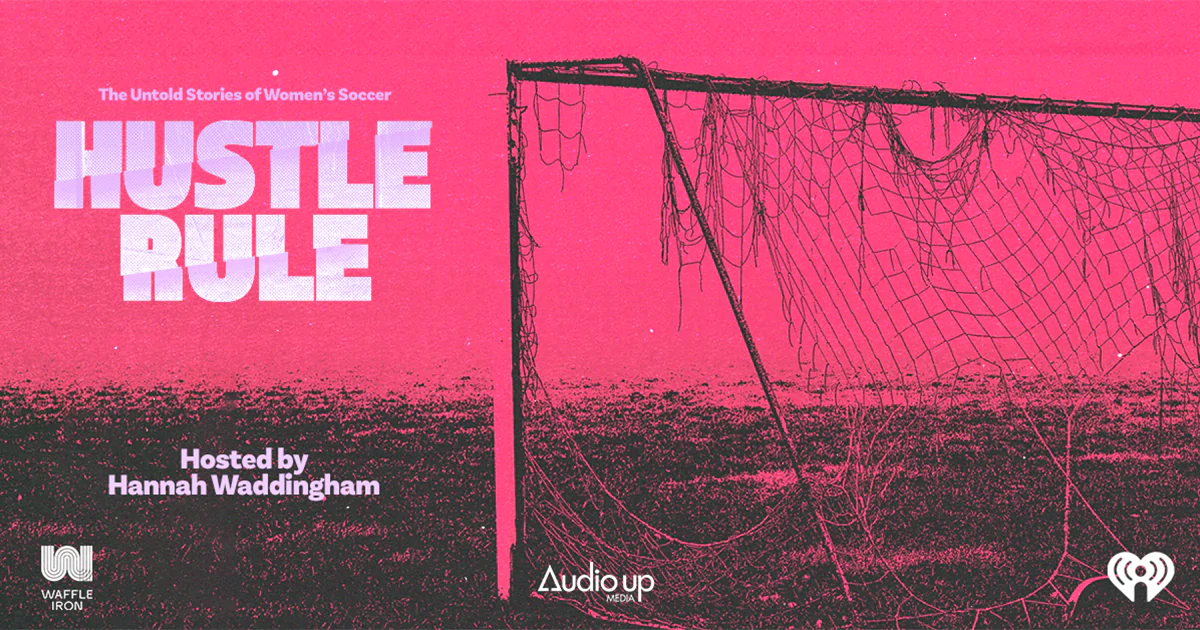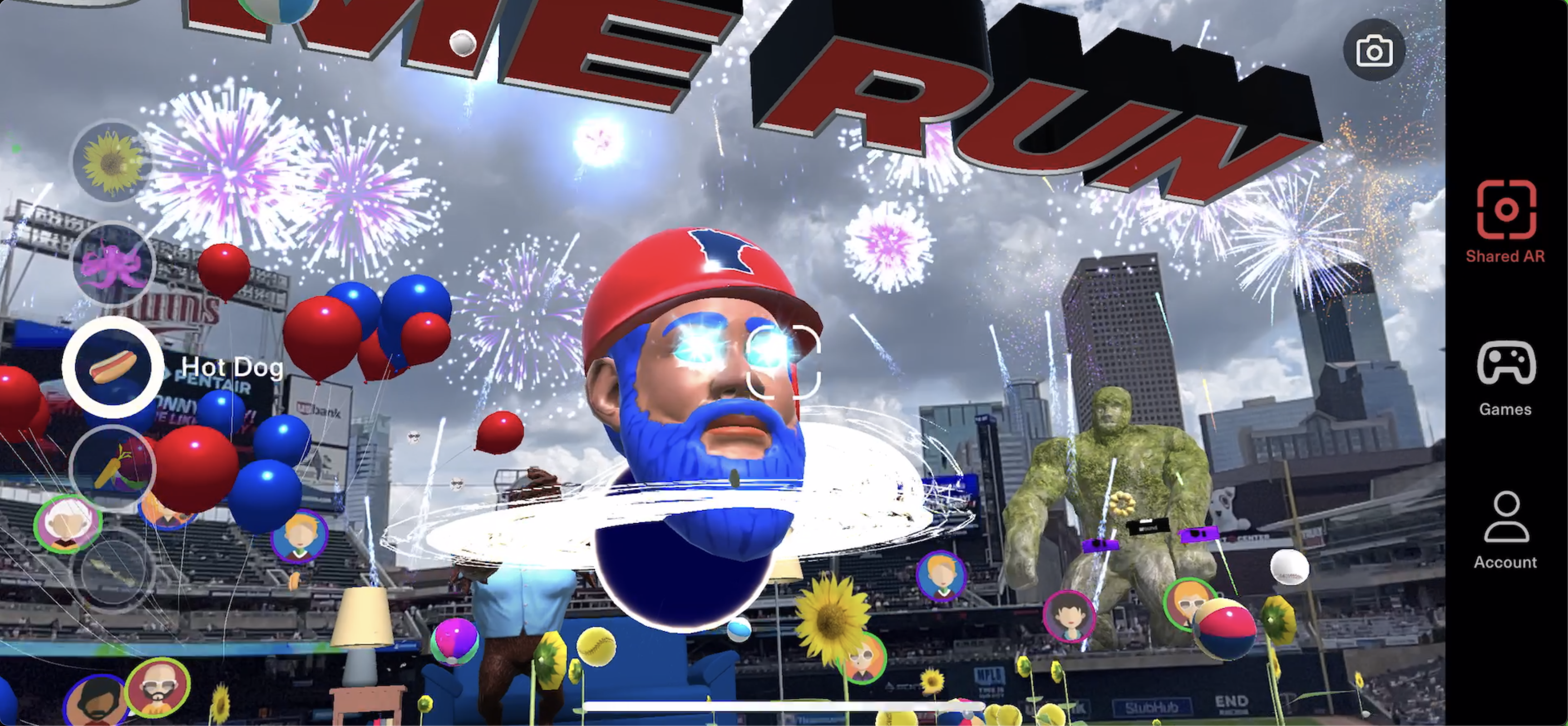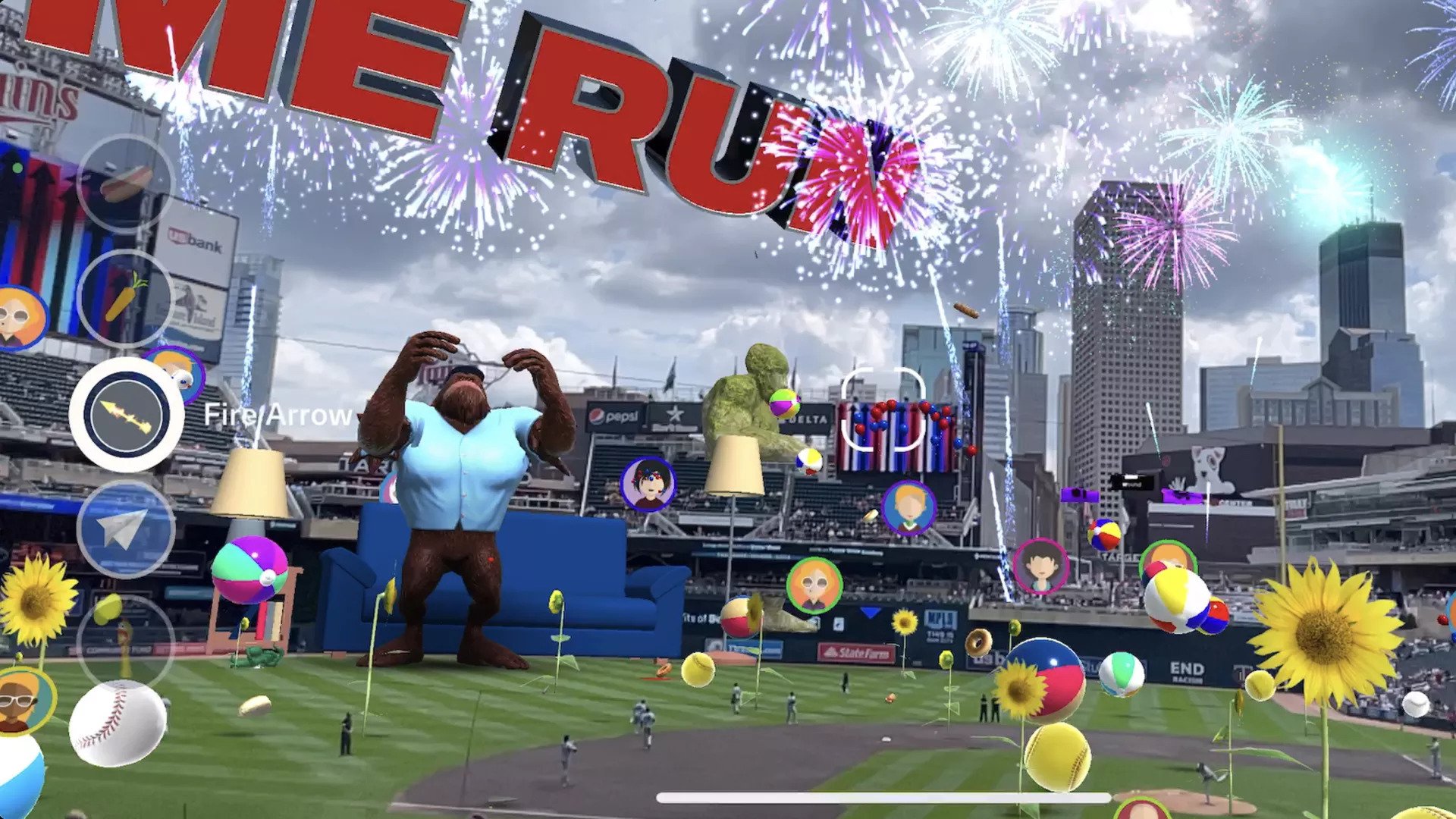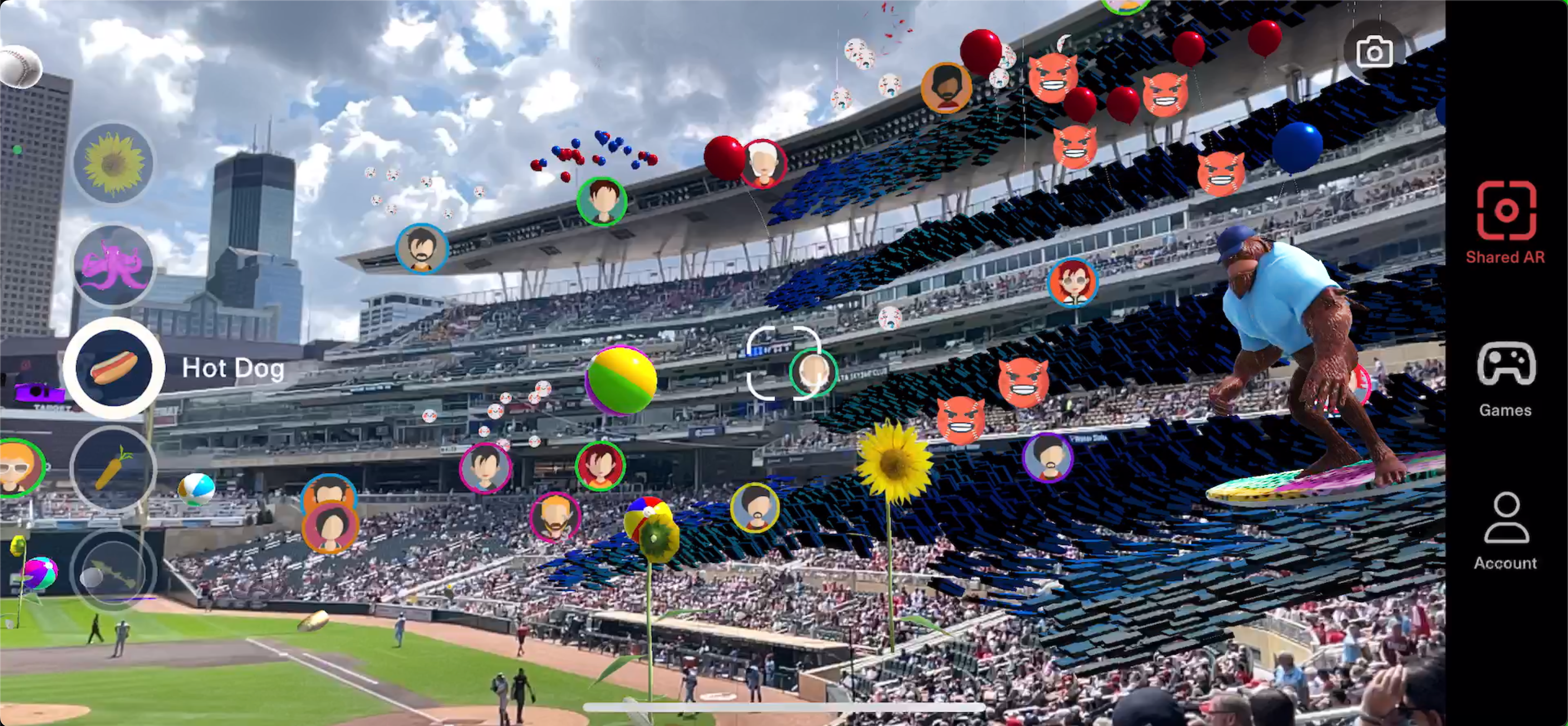It largely flew under the radar on Monday when the Minnesota Twins announced that they had launched ARound – what is believed to be the first shared augmented reality application for live sports – for use at Target Field. While a first, the pilot app could open the door to either value-add traditional sponsorship deals, or open avenues for new sponsors. If the application gains traction, it could create a land rush for not just the other 29 clubs in Major League Baseball, but across the sports property landscape.
ARound is part of Stagwell, a publicly traded high-tech company, that will allow fans to aim their phones at Target Field during lulls in the action, and play games with others at the ballpark. Targeted largely to a younger audience, the concept is not too dissimilar from augmented reality games you may have seen at the movie theater before the previews as part of Noovie. The difference here is it’s not just a single user, but many within Target Field. Apps that will be made available include as BatterUp, Blockbuster, which the Twins and the developers showed me as users throwing digital items at towers and knocking them down, and a game called Fishing Frenzy. Josh Beatty, the founder and CEO of ARound as well as Chris Iles, the Twins’ senior director of brand experience & Innovation talked to me about the rollout that has been in the works for a little over a year.
“What I think Josh has built has some real power and some real legs, because it is able to be aware of everyone around you that is using the app at the same time, creating a shared experience and creating some context around an event that frankly has never been done before,” said Ilse. So that excited me and the Twins as it had never been done before.”
Beatty informed that no user data is collected. No one goes through a sign-up process to use the app. And that the infrastructure is large enough to support tens of thousands of users.
Which gets one thinking? Besides entertaining kids with games and keeping them in their seats, what other value does the app have from a business perspective?
For one, the idea that other types of use cases could be created within the platform. Both Iles and Beatty mentioned that it’s possible to create an experience in which player stats could hover over a player in real-time or other ways to engage the dedicated baseball fan in attendance.
But what seems most intriguing from a business standpoint is that while the initial rollout is skinned as just gameplay for a younger demo, it is fully capable of having the games be skinned in a way that monetizes it.
Ilse and the Twins see the platform as a way to create closer connections to the people and places. “One thing we realized is that you kind of have to have a big audience to make that happen,” said Iles adding that the Twins were receptive from the first conversation, understanding that this is a technology that has a place as value to be added to the ballpark experience.
“To the teams, the fans, and the sponsors,” it adds to sports entertainment.
It’s here that Twins may be hitting on something that is more than just adding to the game experience, but opening up new avenues to the bottom line: sponsors.
The initial rollout is not skinned with any sponsors, but Beatty said that the design of the apps for the Twins takes that in mind.
“I would say [the platform] is tailor-made for sponsorship,” said Iles. “We are launching this sponsor agnostic because we do want to have a clean test of the technology to see how fans interact with it. I’ve always thought that before you can add the sponsorship component you need to show it as it is and let potential sponsors see it the same way. So, we need to prove this thing out. But we feel that it will work well for our sponsors.”
Likely, a shared AR app at the ballpark is not going to garner huge returns in the sponsorship space initially. But it largely depends on other applications that are developed in the future. It either becomes an additional way to activate sponsorship in a larger deal for a client, or brings in new sponsors. Either way, the Twins are hitting on an untapped revenue stream.
For Stagwell, the technology isn’t limited to just at the ballpark. After all, games can be watched through traditional television and streaming.
“Not only are we looking to enhance the in-stadium experience, but with our technology, we can actually bridge this to the at-home viewer as well,” said Sarah Arvizo of Stagwell. “We can bring all the things that are happening with the AR platform in the stadium to their coffee table. And so as they are watching a game, they can have that energy and excitement that is in the stadium, but take that with them wherever they go.”















